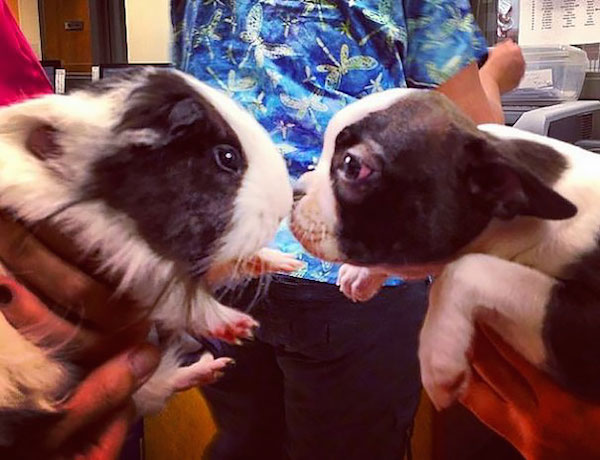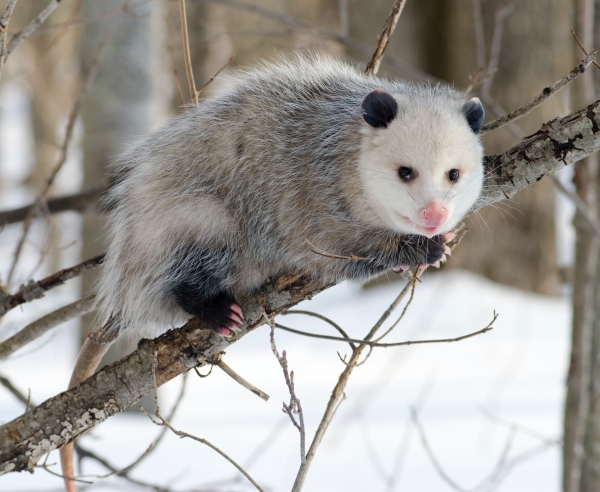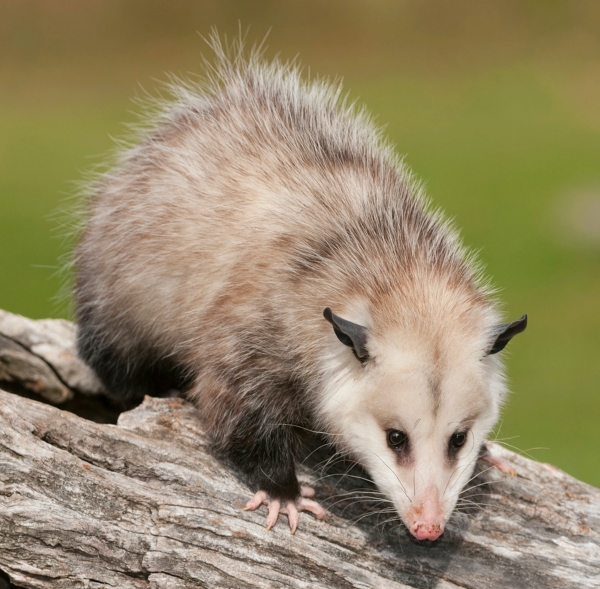Our planet earth is gigantic, and with such an abundance of life, it’s no surprise that things can get confusing, especially when it comes to animals. Sometimes similar creatures from the same order get categorized differently due to behavior or habitat. Other times animals from different species evolve in similar ways. Whatever the reasons, at times, it’s hard to know the difference between them. In this post, you get to know the top Confusing identical yet different Animals and how to tell the difference.
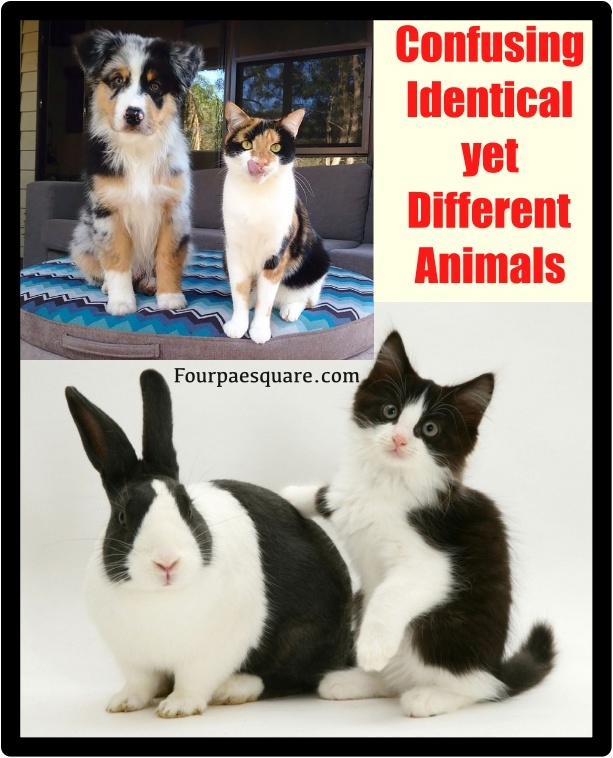
Confusing Identical yet Different Animals
Dolphins and Porpoises
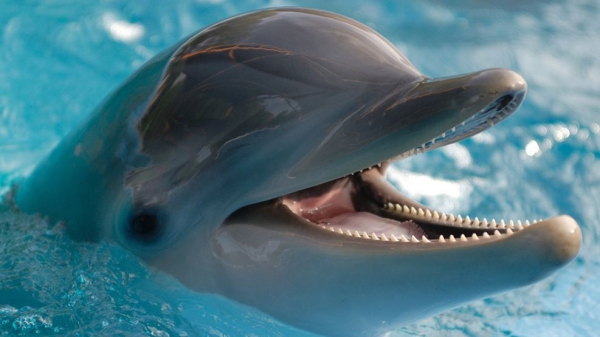
source
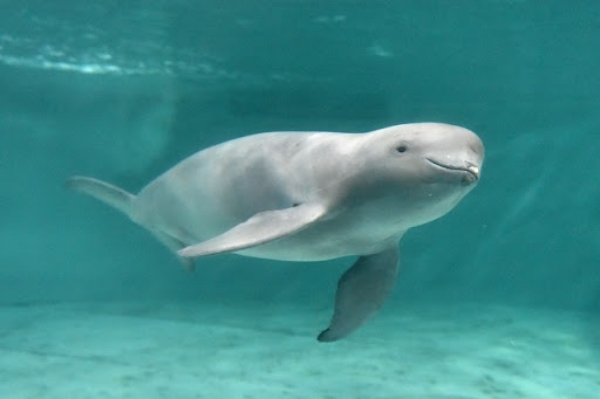
source
Dolphins and Porpoises are mammals that belong to the order Cetacea. The difference is in their bodies, fins, and faces. Dolphins generally have prominent, long beaks and cone-shaped teeth, while porpoises have smaller mouths and spade-shaped teeth. Dolphins are usually leaner than porpoises and have a curved dorsal fin, while porpoises are more robust and have a triangular dorsal fin.
Hares and Rabbits
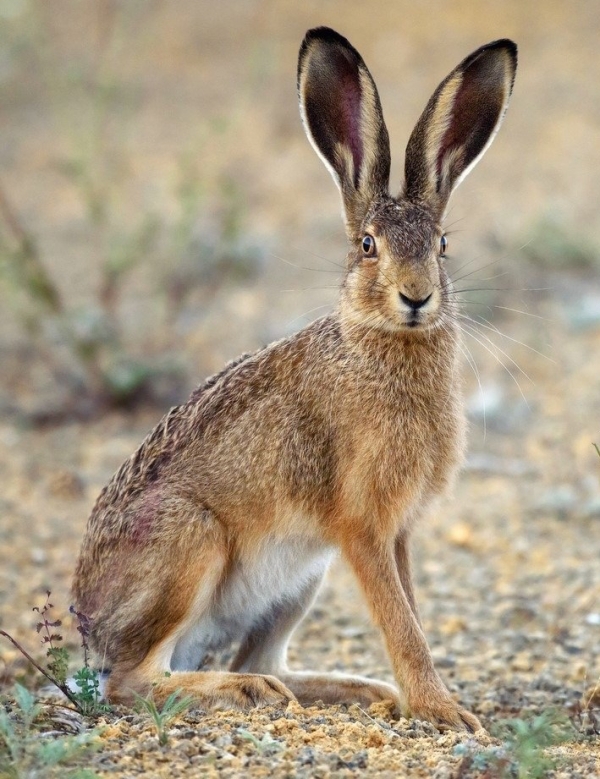
source
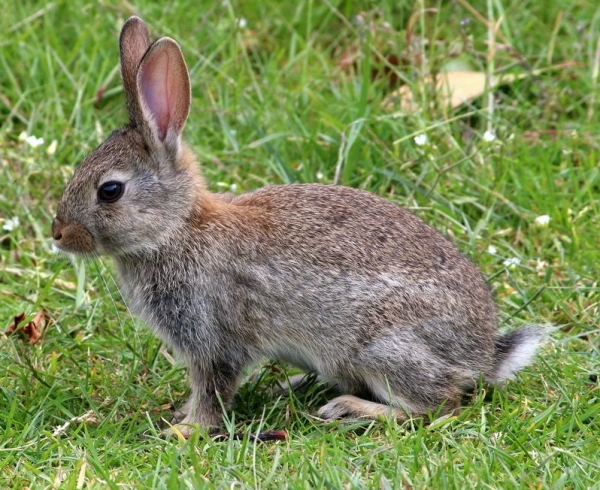
source
Although rabbits and hares belong to the Lagomorpha order of mammals, they have their differences. Hares are faster and larger than rabbits and have longer ears. Hares have longer, stronger hind legs and bigger feet than rabbits. They outrun predators, while rabbits escape to their warrens when threatened. Hares also have black markings on their fur.
Butterflies and Moths

source
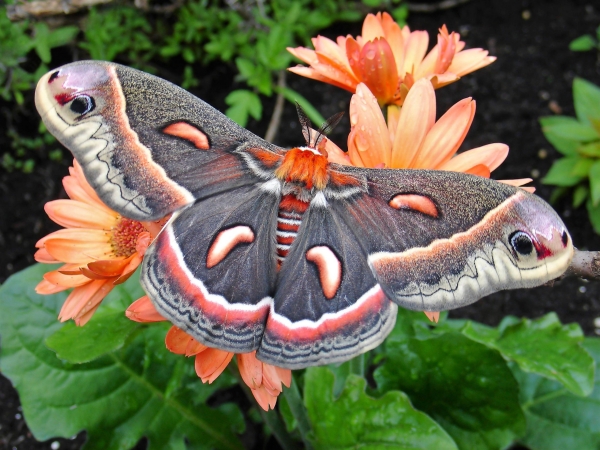
source
Moths and butterflies belong to the order Lepidoptera. You can generally tell the difference by looking at the antennae. A butterfly’s antennae are club-shaped with a long shaft tipped by a bulb, while moths are feathery or serrated. You can also look at the wings. Butterfly wings fold vertically over their backs, while moth wings are more tent-like and over their abdomen.
Alpacas and Llamas
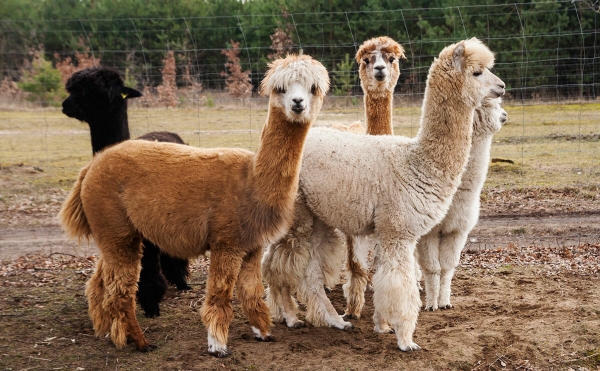
source
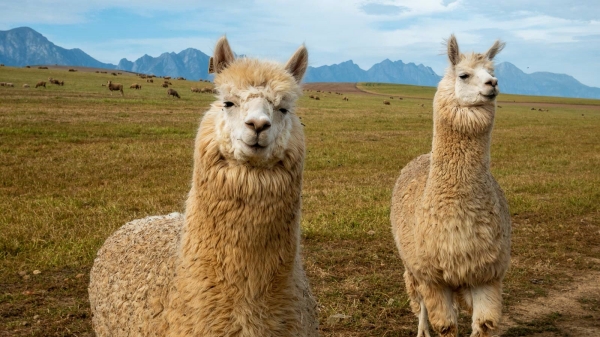
source
Llamas and alpacas belong to the family Camelidae. The most apparent difference may be their size. Most adult alpacas weigh between 100 and 175 pounds, while adult llamas are much larger and can weigh up to 400 pounds. Llamas have long curved ears, while alpacas have short spear-shaped ears. Likewise, llamas have longer faces while alpacas have more of a smushed face.
Sea Lions and Seals
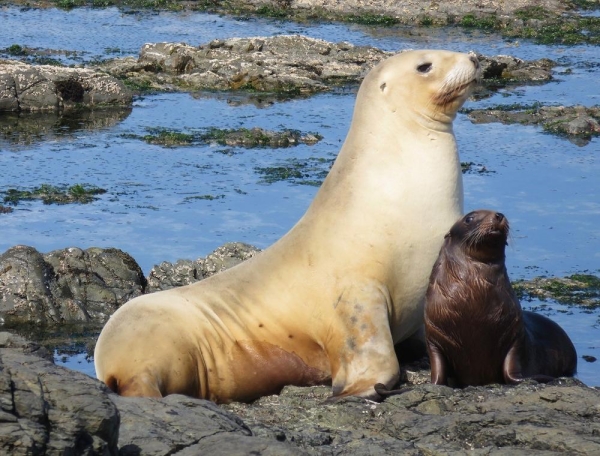
source

source
Seals and sea lions are both fin-footed marine animals. Seals have stubby, thinly webbed flippers for their front feet, with a claw on each small toe, compared to the larger, skin-covered flippers of sea lions. Seals are generally smaller and better adapted to the water than land, so they will often belly crawl while sea lions can walk. Seals lack external ears, while sea lions have small flaps. Seals are loners and quiet, while sea lions are social and noisy.
Opossums and possums
Possums and Opossums are Confusing identical yet different Animals. In North America, opossums are found that are often mistaken as possums. True possums reside in Australia, making them both geographically distinct from each other. Captain James Cook and botanist Sir Joseph Banks named possums (Phalangeridae) after opossums (Didelphimorphia) because the critters looked like their American relative. Possums generally have bigger ears and eyes. Opossums have bald tails, while possums have furry ones.
Alligators and Crocodiles
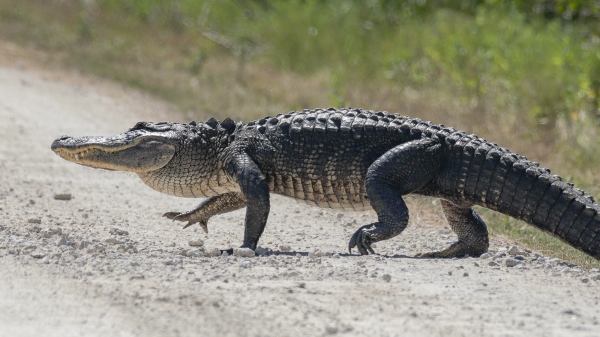
source
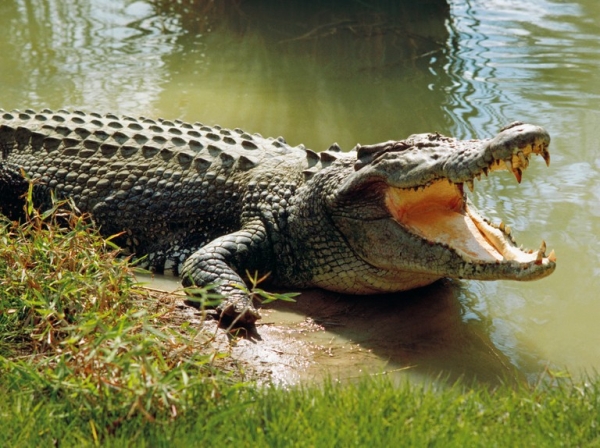
source
Crocodiles and alligators are both reptiles from the order Crocodylia. You can tell the difference by looking at their heads. Crocodiles have a longer head shaped like a V. Alligator heads are shorter and shaped like a U. When an alligator closes its mouth, most of its teeth are hidden. When a crocodile closes its mouth, many of the teeth protrude outside along the jawline.
Bees and Wasps
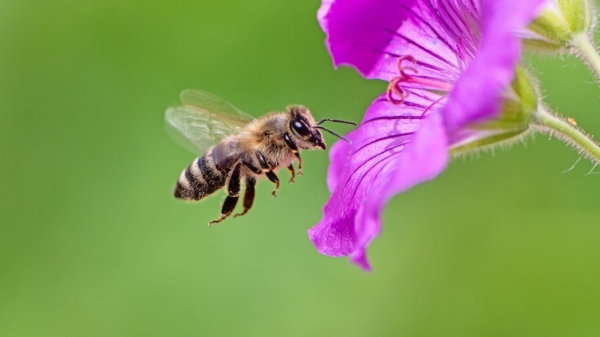
source

source
Wasps and bees both belong to the Hymenoptera order of insects. Since bees dip into flowers for pollen, they are hairy and have flat rear legs, while wasps are smoother and shiny and have slender legs. In terms of behavior, bees are gentle, while wasps are more aggressive and brutal when defending their nests.
Anteaters and Aardvarks

source
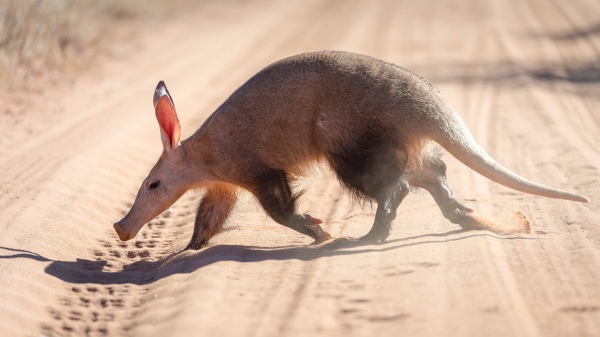
source
Anteaters belong to the suborder Vermilingua and aardvarks are the only living species of the order Tubulidentata. Aardvarks are found in Africa; anteaters in Central and South America. Aardvarks have light, coarse hair and large ears. Anteaters have more fur and small ears.
Salamanders and Lizards

source

source
Lizards and salamanders seem similar, but lizards are reptiles while salamanders are amphibians. As amphibians, salamanders are found close to water, while lizards can be found in many climates, including hot and dry. Lizards have scaly bodies and long toes, while salamanders have smooth bodies and stumpy toes. Lizards grow much longer than salamanders.
Penguins and Puffins

source
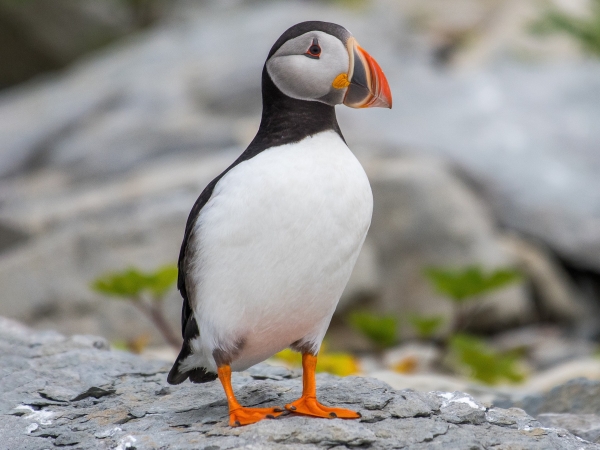
source
Although puffins and penguins share similar coloring and diet, penguins belong to the family Spheniscidae, while puffins belong to the family Alcidae. The most notable difference is that penguins don’t fly. They have solid bones, which makes them better swimmers. Puffins, like most birds, have hollow bones so that they aren’t weighed down in flight. Puffins are generally smaller, ranging in size from 10 to 15 inches, while penguins can be as tall as 4 feet.
Donkeys and Mules

source

source
A mule is the child of a female horse and a male donkey. Because mules are the only part donkey, they have larger ears, which they get from their moms. They also have taller, larger bodies, like a horse.
Tortoises and Turtles

source
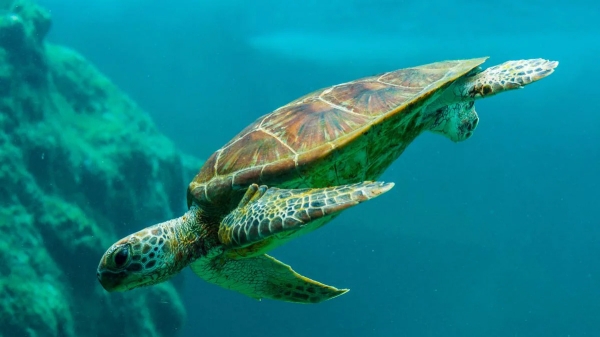
source
Another set of Confusing identical yet different Animals are turtles and tortoises. Turtles and tortoises are often referred to as chelonians because they belong to the order Chelonia. Turtles live primarily in water and have webbed feet for swimming, with generally flatter, more lightweight shells. Tortoises are landlubbers with stumpy feet that are not webbed, which help them navigate rough terrain and dig.
Toads and Frogs

source
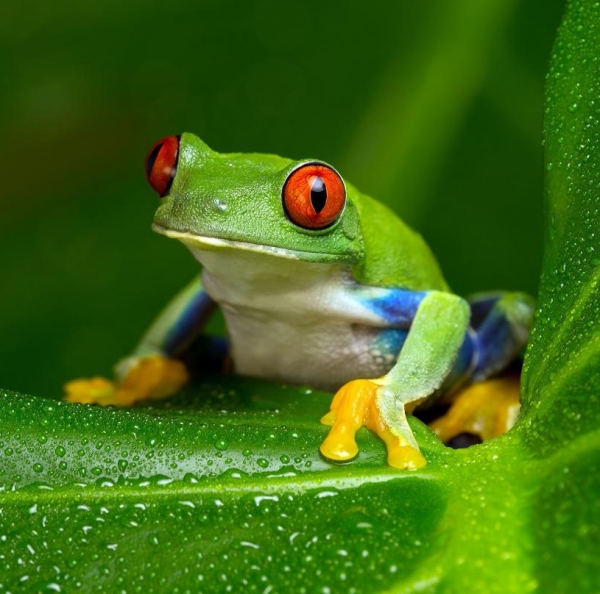
source
Most frogs have smooth skin, long legs, and large, bulging eyes. On the other hand, Toads usually have thicker bumpy skin and shorter legs. Toads generally lay their eggs in a strand while frogs arrange their eggs in a grape-like cluster.
Rat and Mouse
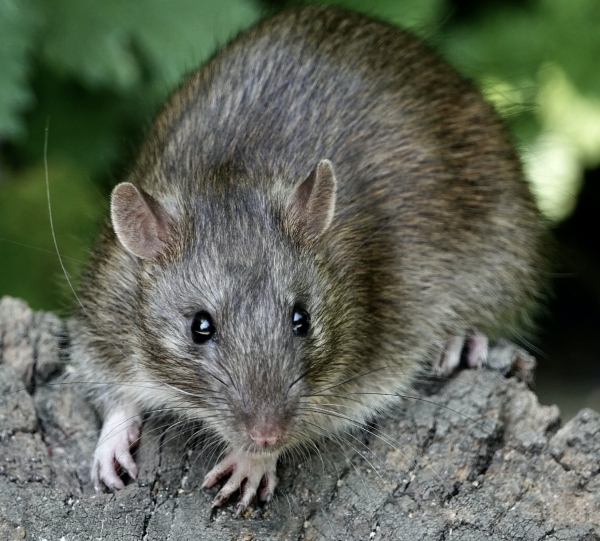
source
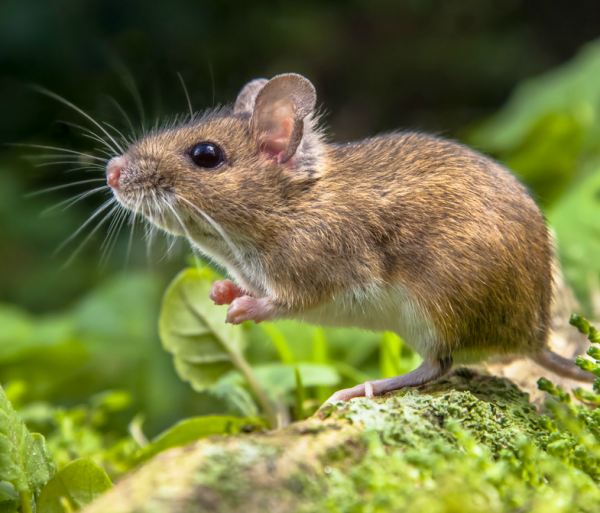
source
The two most popular rodents can be easily differentiated by three things: size, tail, and ears. Mice have long, thin tails covered with fur, while rats’ tails are thick and hairless. Mice have bigger ears in proportion to their bodies and are round and floppy with a tiny, triangular face. Rats’ faces are more prominent and blunt.
